- Home
- Articles
- Architectural Portfolio
- Architectral Presentation
- Inspirational Stories
- Architecture News
- Visualization
- BIM Industry
- Facade Design
- Parametric Design
- Career
- Landscape Architecture
- Construction
- Artificial Intelligence
- Sketching
- Design Softwares
- Diagrams
- Writing
- Architectural Tips
- Sustainability
- Courses
- Concept
- Technology
- History & Heritage
- Future of Architecture
- Guides & How-To
- Art & Culture
- Projects
- Interior Design
- Competitions
- Jobs
- Store
- Tools
- More
- Home
- Articles
- Architectural Portfolio
- Architectral Presentation
- Inspirational Stories
- Architecture News
- Visualization
- BIM Industry
- Facade Design
- Parametric Design
- Career
- Landscape Architecture
- Construction
- Artificial Intelligence
- Sketching
- Design Softwares
- Diagrams
- Writing
- Architectural Tips
- Sustainability
- Courses
- Concept
- Technology
- History & Heritage
- Future of Architecture
- Guides & How-To
- Art & Culture
- Projects
- Interior Design
- Competitions
- Jobs
- Store
- Tools
- More
Green Living Reimagined: Embracing Sustainable Practices for a Healthier Future
Discover the reimagined concept of green living, where sustainability goes beyond recycling. This article explores innovative practices such as urban farming, electric vehicles, and community gardens, driving home the importance of community involvement in fostering environmental stewardship.

In a world where sustainability is more crucial than ever, we’re reimagining what green living looks like. Gone are the days of simply recycling and reducing waste; today, it’s about embracing a holistic approach that integrates eco-friendly practices into every aspect of our lives. From innovative technologies to mindful consumption, we have the power to create a sustainable future together.
As we explore the exciting possibilities of green living reimagined, we’ll uncover fresh ideas that inspire us to make meaningful changes. It’s not just about individual actions; it’s about fostering a community committed to preserving our planet. Join us on this journey to discover how we can transform our daily routines and redefine our relationship with the environment for generations to come.

Table of Contents
ToggleGreen Living Reimagined: An Overview
Green living reimagined stands at the forefront of our efforts to create a sustainable future. This approach expands beyond traditional practices, integrating eco-friendly habits into every facet of our lives. It addresses the urgent need for a holistic perspective on sustainability.
We adopt innovative practices in various settings. For instance, urban farming initiatives enhance local food sources while reducing transportation emissions. Electric vehicles, powered by renewable energy, contribute to decreased air pollution levels.
Community involvement plays a critical role in this reimagining. By participating in local sustainability initiatives, we build strong networks that support environmental stewardship. Examples include co-ops that foster shared resources and community gardens that promote biodiversity.
Education also serves as a cornerstone of green living reimagined. By providing knowledge about eco-friendly technologies and practices, we empower individuals to make informed choices. Workshops on energy efficiency and waste reduction help us transition toward greener lifestyles.
The shift in our relationship with the environment extends to consumption patterns. We prioritize sustainable products, choosing those made from renewable resources and ethically sourced materials. This conscious decision-making process fosters a culture of sustainability.
Ultimately, reimagining green living reflects our commitment to future generations. By challenging the status quo, we encourage transformative actions that lead to a healthier planet for all.
Benefits of Green Living
Green living enhances our lives and the planet. Focusing on sustainable choices leads to both environmental and personal health improvements.
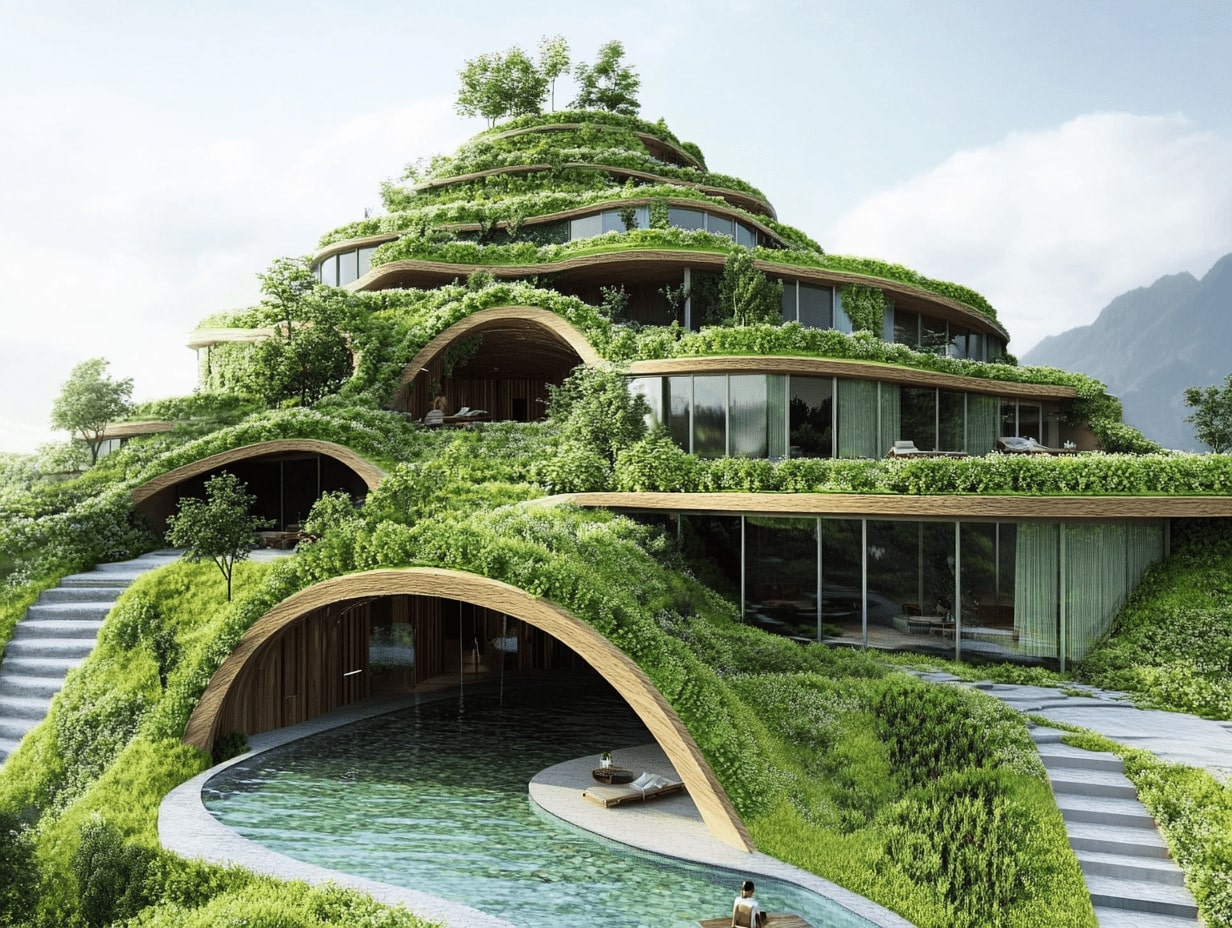
Environmental Impact
Green living significantly reduces our ecological footprint. Adopting practices like energy conservation and waste reduction lowers greenhouse gas emissions. Utilizing renewable energy sources, such as solar or wind, decreases reliance on fossil fuels, minimizing air pollution. Sustainable transportation options, including electric vehicles and public transit, enhance urban air quality and reduce traffic congestion. Engaging in activities like urban gardening promotes biodiversity, helps restore ecosystems, and supports local food systems by providing fresh produce.
Health Advantages
Green living offers substantial health benefits. Consuming organic, locally sourced foods reduces exposure to harmful pesticides and increases nutrient intake. Using natural cleaning products in bathrooms and other spaces reduces indoor air pollutants, promoting healthier living environments. Green spaces, such as parks and community gardens, encourage physical activity and mental well-being. Reduced pollution levels from sustainable practices contribute to fewer respiratory illnesses and better overall health outcomes. Embracing a green lifestyle fosters a stronger community, leading to improved social connections and shared wellness initiatives.
Innovative Practices in Green Living
Green living incorporates innovative practices that enhance sustainability. Our choices in home design and transportation significantly impact our ecological footprint and overall well-being.
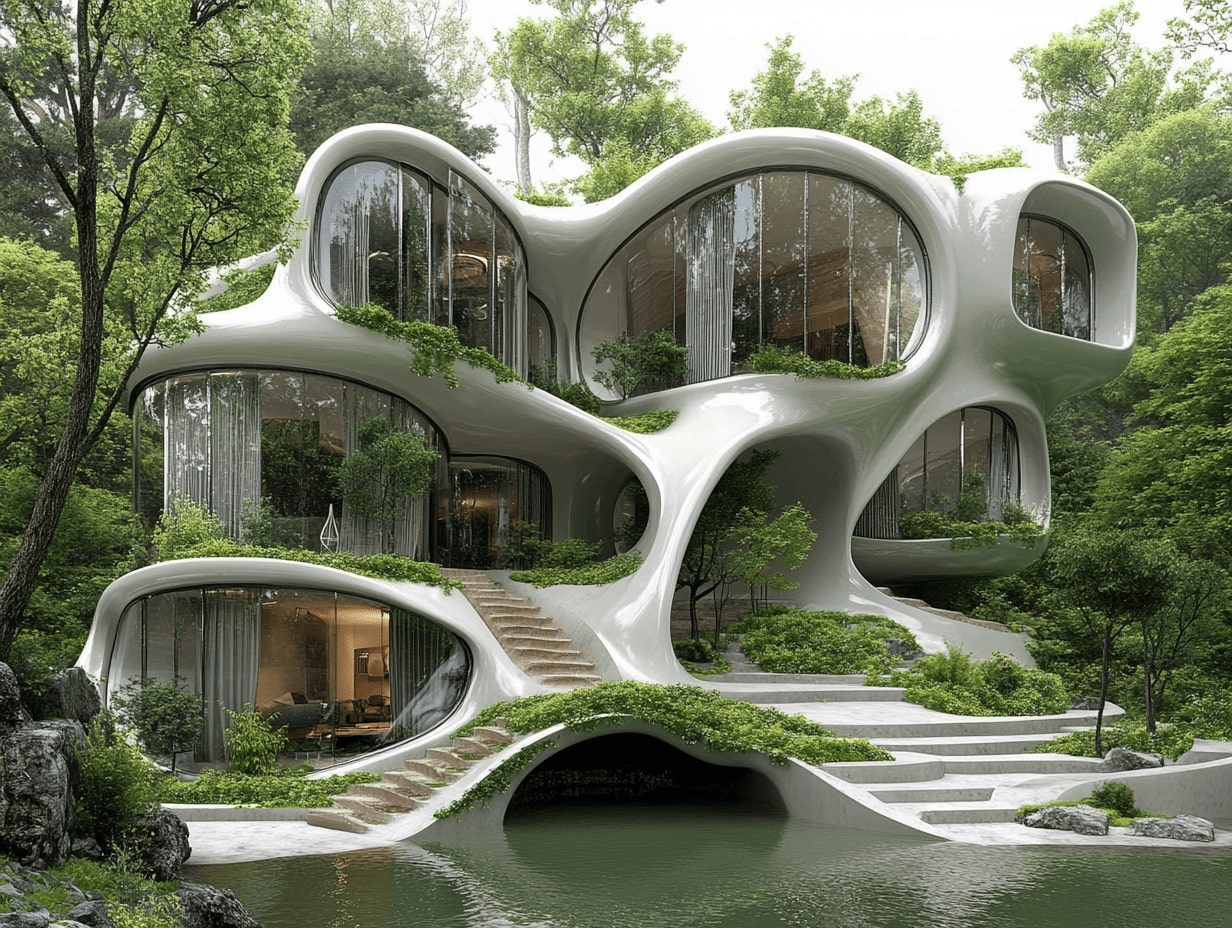
Sustainable Home Design
Sustainable home design focuses on energy efficiency and resource conservation. Key practices include:
- Passive Design: We use natural heating, cooling, and lighting to minimize energy consumption. This method relies on the building’s orientation, window placement, and thermal mass to maintain comfortable indoor temperatures year-round.
- Energy-Efficient Materials: We choose sustainable materials like bamboo, reclaimed wood, and recycled steel. These materials not only reduce resource depletion but also offer durability and aesthetic appeal.
- Smart Technology: We integrate smart home systems to monitor energy use and optimize efficiency. Smart thermostats, LED lighting, and energy management apps help reduce unnecessary energy consumption.
- Water Conservation: We incorporate rainwater harvesting and low-flow fixtures to minimize water waste. These systems not only conserve water but also lower utility bills.
Eco-Friendly Transportation
Eco-friendly transportation practices play a crucial role in reducing greenhouse gas emissions. We embrace several strategies, including:
- Electric Vehicles (EVs): We opt for EVs powered by renewable energy sources. EVs significantly reduce air pollution and dependence on fossil fuels, promoting cleaner urban environments.
- Public Transit: We actively use public transportation options such as buses and trains. Utilizing mass transit decreases the number of vehicles on roads, reducing traffic congestion and emissions.
- Biking and Walking: We prioritize biking and walking for short trips. These options not only promote fitness but also diminish our reliance on fossil-fuel-powered vehicles.
- Carpooling: We engage in carpooling to maximize vehicle occupancy and share transportation costs. This strategy reduces overall vehicle emissions and promotes community interaction.
Community Initiatives for Green Living
Community initiatives play a vital role in enhancing green living practices. These programs unite individuals under shared goals of sustainability, fostering both environmental stewardship and community resilience.

Urban Gardening Projects
Urban gardening projects transform unused spaces into green oases. Projects like community gardens and rooftop farms provide fresh produce while promoting biodiversity. Meticulously organized, these spaces offer local residents access to organic vegetables, reducing reliance on store-bought alternatives. Engaging in urban gardening encourages food education and hands-on learning about nutrition and eco-friendly practices. For example, the Brooklyn Grange in New York City operates rooftop farms, supplying produce to local markets and restaurants while providing workshops on sustainable agriculture.
Local Sustainability Groups
Local sustainability groups mobilize community members to effect change. These groups organize events like clean-up drives, tree planting, and educational workshops. Participation promotes awareness of environmental issues, such as waste reduction and energy conservation. For instance, groups like Sustainable Chicago implement initiatives that focus on reducing carbon footprints through community-driven solutions. They provide resources and training sessions to empower residents to adopt sustainable practices at home. Joining these networks cultivates a sense of solidarity and accountability for the environment among community members.
Challenges and Solutions in Green Living
Green living presents various challenges that require innovative solutions. Navigating these obstacles fosters a deeper commitment to sustainability.
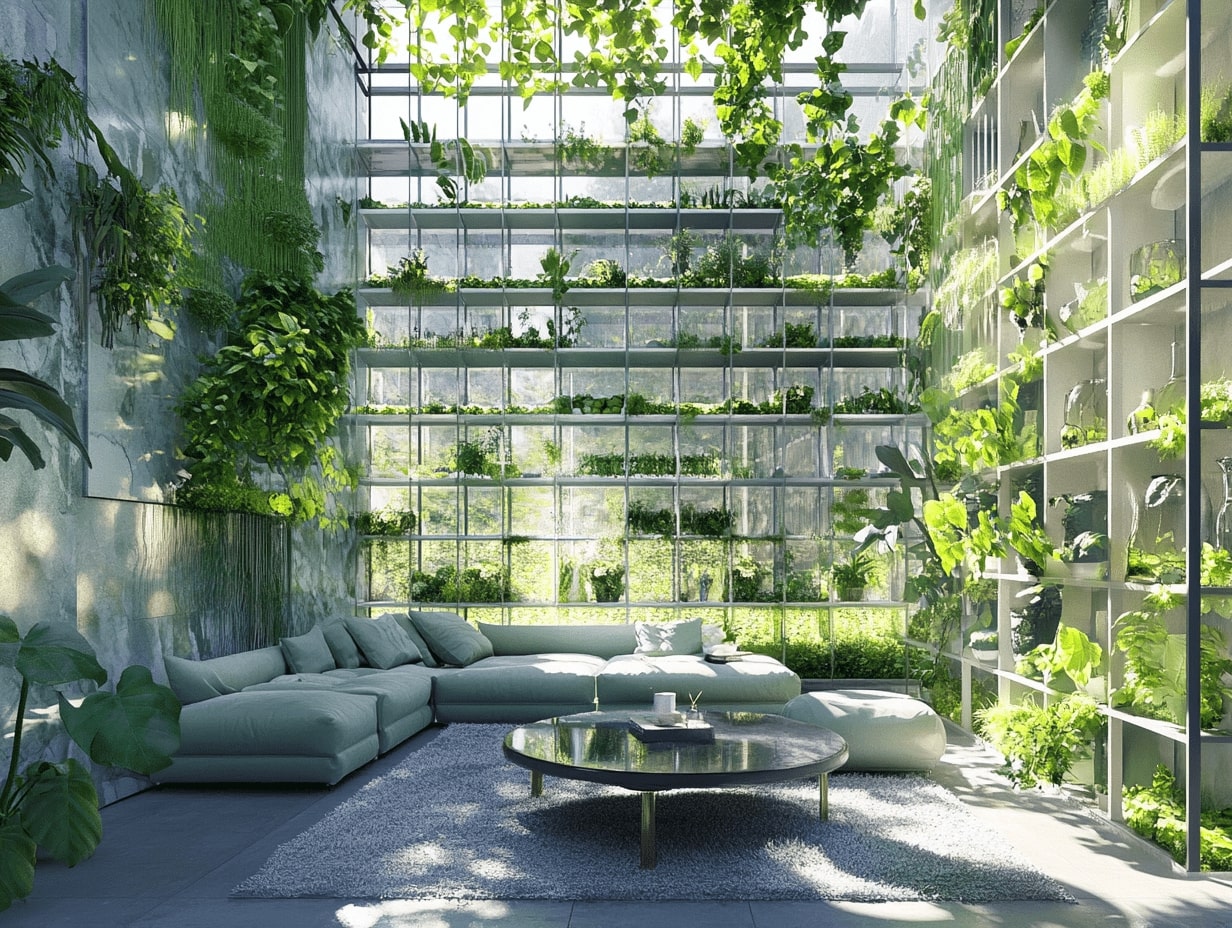
Overcoming Common Obstacles
- Cost of Sustainable Products: Sustainable products often carry a higher price tag. We address this by prioritizing local sourcing, utilizing bulk purchasing options, and embracing DIY solutions to lower costs.
- Lack of Information: Many individuals lack access to comprehensive information on eco-friendly practices. We combat this by promoting educational workshops and creating resource-sharing platforms that empower communities.
- Limited Access to Green Spaces: Urban areas often lack green spaces, hindering sustainable living. We support initiatives that advocate for community gardens, green roofs, and urban forestry programs to enhance access.
- Behavioral Resistance: Changing ingrained habits can prove difficult. We encourage gradual lifestyle shifts, emphasizing small, manageable changes that lead to larger transformations.
- Infrastructure Challenges: Insufficient infrastructure for public transport or biking deters eco-friendly transportation choices. We advocate for community engagement in urban planning to foster investments in sustainable infrastructure.
Future Trends in Sustainability
- Circular Economy: We embrace a shift towards a circular economy that focuses on waste reduction through recycling, reusing, and refurbishing materials, creating a sustainable product lifecycle.
- Smart Technology Integration: Advancements in smart technology are shaping sustainable living. We leverage smart home devices to enhance energy efficiency, monitor usage, and reduce consumption seamlessly.
- Regenerative Agriculture: We promote regenerative agriculture practices that restore soil health, increase biodiversity, and enhance carbon sequestration, creating sustainable food systems.
- Decentralized Energy Production: Innovations in solar panels and wind energy open avenues for decentralized energy production. We explore community solar initiatives and shared renewable energy resources.
- Sustainable Transportation Innovations: The transition to electric vehicles and alternative fuels continues to gain traction. We support investing in charging infrastructure and public transit solutions that prioritize sustainability.
By addressing challenges and embracing future trends, we redefine our approach to sustainable living.
Conclusion
Transforming our approach to green living involves integrating sustainability into every facet of life. The evolution from basic practices to a fuller commitment recognizes the urgency of our environmental challenges. Embracing innovative methods like urban farming and renewable-energy-powered electric vehicles empowers us to foster local food sources and improve air quality.
Community involvement significantly enhances this transformation. By participating in community gardens and co-ops, we nurture environmental stewardship while strengthening our neighborhoods. Such initiatives unite us under common sustainability goals, promoting resilience and collective action.
Education remains vital as we empower one another through workshops focused on energy efficiency and waste reduction. This knowledge encourages informed decisions regarding the consumption of sustainable products made from renewable resources.
The multifaceted benefits of green living enhance both our health and the planet’s. Adopting sustainable choices helps decrease our ecological footprints, lowers greenhouse gas emissions, and improves urban air quality. Health benefits stem from reduced exposure to toxins via organic food and natural cleaning products, while green spaces promote physical activity and mental well-being.
As we explore innovative practices, we emphasize sustainable home design and eco-friendly transportation options. Implementing energy-efficient building techniques and promoting electric vehicles, public transit, and active transportation reduces emissions and contributes to healthier urban environments.
While challenges remain—such as higher costs of sustainable goods and limited access to green spaces—we can pursue solutions through local sourcing, educational initiatives, and community engagement. By gradually adopting lifestyle changes, we create a ripple effect of positive impact.
Looking to the future, we must remain vigilant about trends such as the circular economy and sustainable transportation innovations. By addressing current challenges and embracing these trends, we invite everyone to redefine their interactions with the environment, affirming our shared commitment to a healthier planet for generations to come.
- eco-conscious living
- eco-friendly home
- eco-friendly practices
- eco-friendly products
- eco-living
- environmental sustainability
- environmentally conscious lifestyle
- green initiatives
- green lifestyle
- green living
- green practices
- healthy future
- Sustainable Design
- sustainable future
- sustainable habits
- sustainable home
- Sustainable Living
- Sustainable Practices
- sustainable products
- sustainable solutions
Submit your architectural projects
Follow these steps for submission your project. Submission FormLatest Posts
Eco-Friendly Floor Coverings: Smart Choices for a Greener Home
Eco-friendly floor coverings made simple: discover sustainable materials, trusted certifications, and room-by-room...
What are Biodomes?
Biodomes are transforming architecture by blending ecological science with advanced design to...
The Quiet Revolution of Biophilic Design
Biophilic design is reshaping homes, workplaces, and cities—backed by evidence. Learn core...
Sustainable Solutions in Contemporary Architecture: From Passive Design to Clean Energy
Sustainable solutions in contemporary architecture: a practical playbook to hit net-zero, cut...










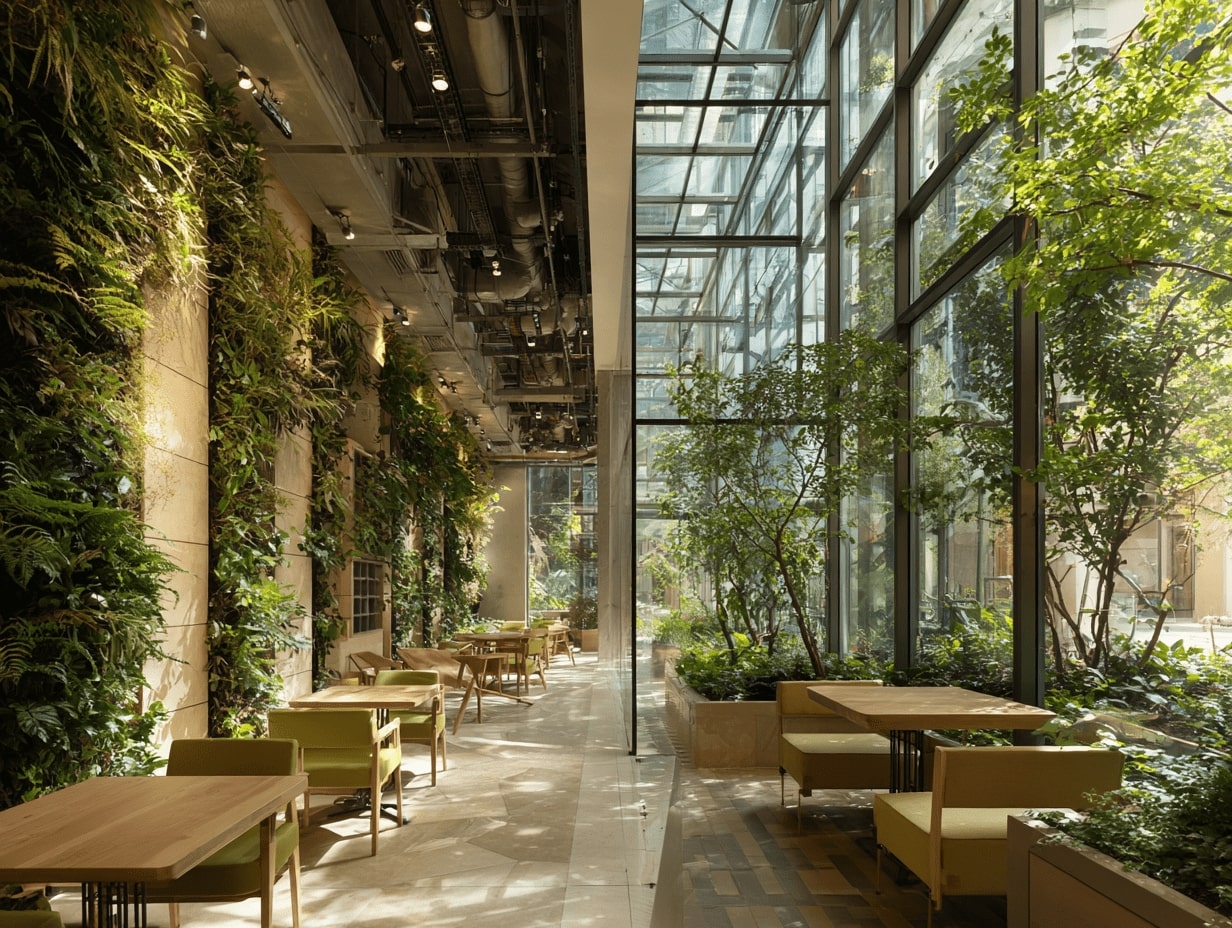
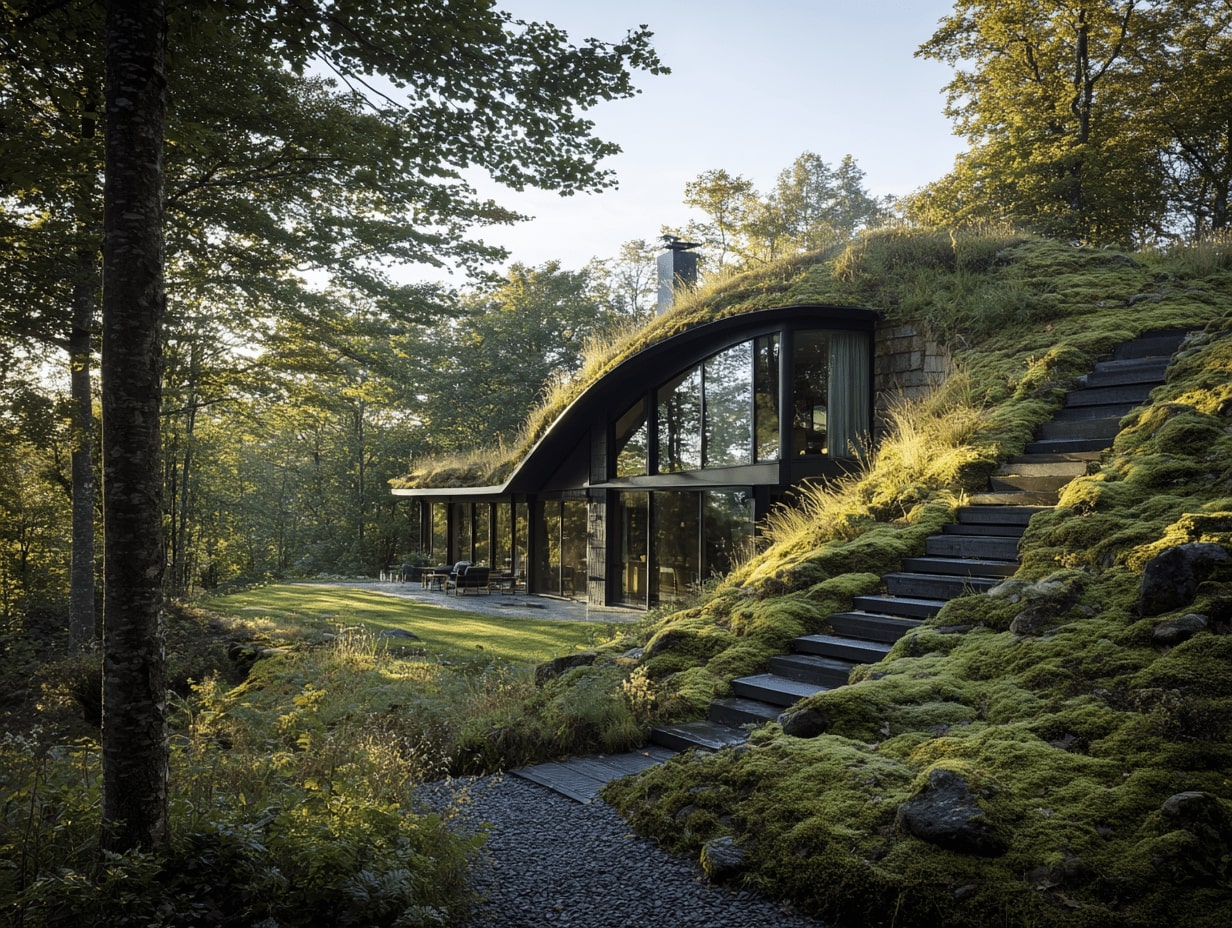
Leave a comment